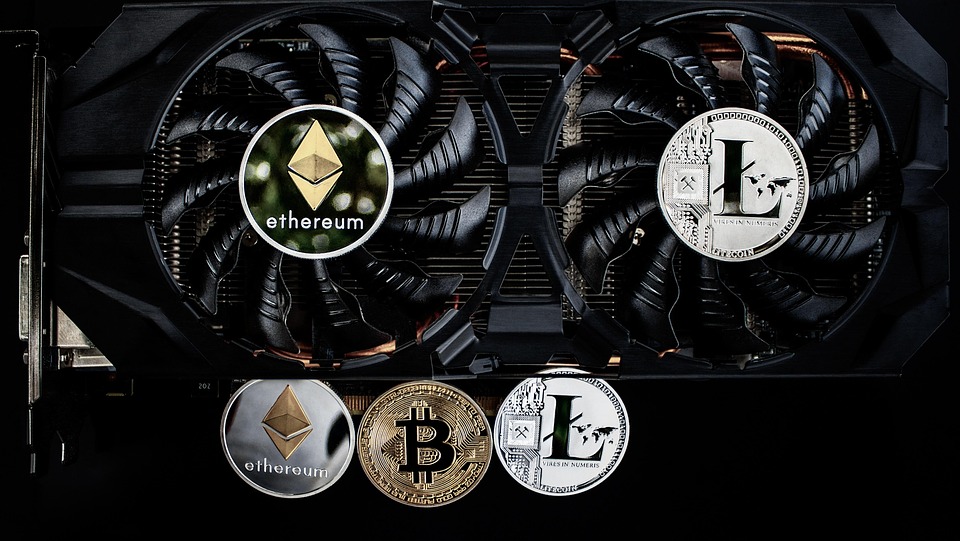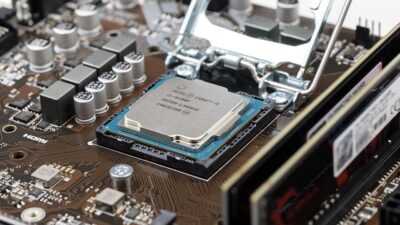As the world increasingly shifts toward digital solutions, cloud computing has become a cornerstone of modern business operations. Among the many technologies that facilitate this cloud revolution, Graphics Processing Units (GPUs) are emerging as a crucial element in data centers. This article explores the significance of GPUs in cloud infrastructure and their transformative impact on various industries.
The Evolution of Cloud Computing
Cloud computing has evolved from simple storage solutions to complex architectures that support various services, from Software as a Service (SaaS) to Infrastructure as a Service (IaaS). As the demand for data-intensive applications grows, the need for powerful computing resources has become more pronounced. Traditional Central Processing Units (CPUs) are often ill-equipped to handle the parallel processing required for tasks like machine learning, big data analytics, and graphics rendering. Enter the GPU.
What Makes GPUs Essential?
1. Parallel Processing Power
GPUs are designed to handle multiple operations simultaneously. This parallel processing capability makes them ideal for tasks that require the simultaneous execution of a large number of calculations. For applications such as deep learning, where vast amounts of data need to be processed simultaneously, GPUs significantly accelerate the pace of computations compared to CPUs.
2. Efficiency in Machine Learning and AI
Artificial Intelligence (AI) and machine learning (ML) are at the forefront of technological advancements. Training AI models often requires handling vast datasets, which can be computationally intensive. GPUs’ architecture allows for faster model training and inference, making them indispensable in any cloud service offering AI capabilities. As organizations increasingly depend on these technologies, the demand for GPU resources in data centers continues to soar.
3. Enhanced Graphics Rendering
For industries that rely on graphics-intensive applications—such as gaming, video editing, architectural visualization, and scientific simulations—GPUs offer unparalleled performance. Data centers equipped with high-performance GPUs can render complex graphics in real time and support advanced features like ray tracing, enhancing the user experience.
4. Scalability and Flexibility
GPU resources can be easily scaled and reallocated based on workload demands. Cloud providers can offer GPU instances that customers can spin up or down, enabling businesses to adapt to changing needs without investing in physical hardware. This flexibility is crucial for startups and enterprises alike, as it allows them to remain agile in a fast-paced market.
5. Cost-Effectiveness
While the initial investment in GPUs may be higher than traditional CPU infrastructure, the increased performance and efficiency can lead to significant long-term savings. Organizations can accomplish tasks faster, reduce operational costs, and optimize resource utilization, making GPUs a cost-effective choice for data centers.
Real-World Applications of GPUs in Cloud Data Centers
1. Healthcare and Life Sciences
In healthcare, GPUs are playing a vital role in processing complex medical data, accelerating drug discovery, and improving diagnostic imaging. Cloud-based platforms leveraging GPU capabilities facilitate real-time analysis of large datasets, leading to quicker and more accurate medical interventions.
2. Financial Services
The finance sector utilizes GPUs for high-frequency trading, risk modeling, and fraud detection. The ability to process large amounts of data rapidly allows financial institutions to make informed decisions in real time, significantly enhancing their competitive edge.
3. Autonomous Vehicles
The development of autonomous vehicles requires intensive data processing from sensors and cameras. GPUs are essential in training the AI models that enable vehicles to interpret their surroundings, making cloud-based GPU resources vital to this industry’s advancement.
4. Entertainment and Media
In the entertainment industry, GPUs facilitate the rendering of visually stunning graphics and special effects, making them key players in game development and film production. Cloud data centers equipped with GPUs can provide studios and developers with the necessary computational power to create immersive experiences.
The Future of GPUs in Data Centers
As the demand for cloud services continues to grow, we can expect further advancements in GPU technology. Innovations like NVIDIA’s GPUs for data centers and AMD’s enthusiasm for high-performance computing will likely drive competition and enhancements in performance, efficiency, and affordability.
Moreover, the integration of GPUs with emerging technologies like quantum computing could offer unparalleled processing power in the future, setting the stage for new breakthroughs across industries.
Conclusion
GPUs are no longer just components of gaming rigs; they are foundational elements of modern cloud data infrastructures. As businesses navigate an increasingly complex digital world, the importance of GPUs in enhancing computational capabilities, driving efficiency, and enabling groundbreaking applications cannot be overstated. The future of cloud computing is bright, powered by GPUs that continue to redefine what’s possible in technology.


